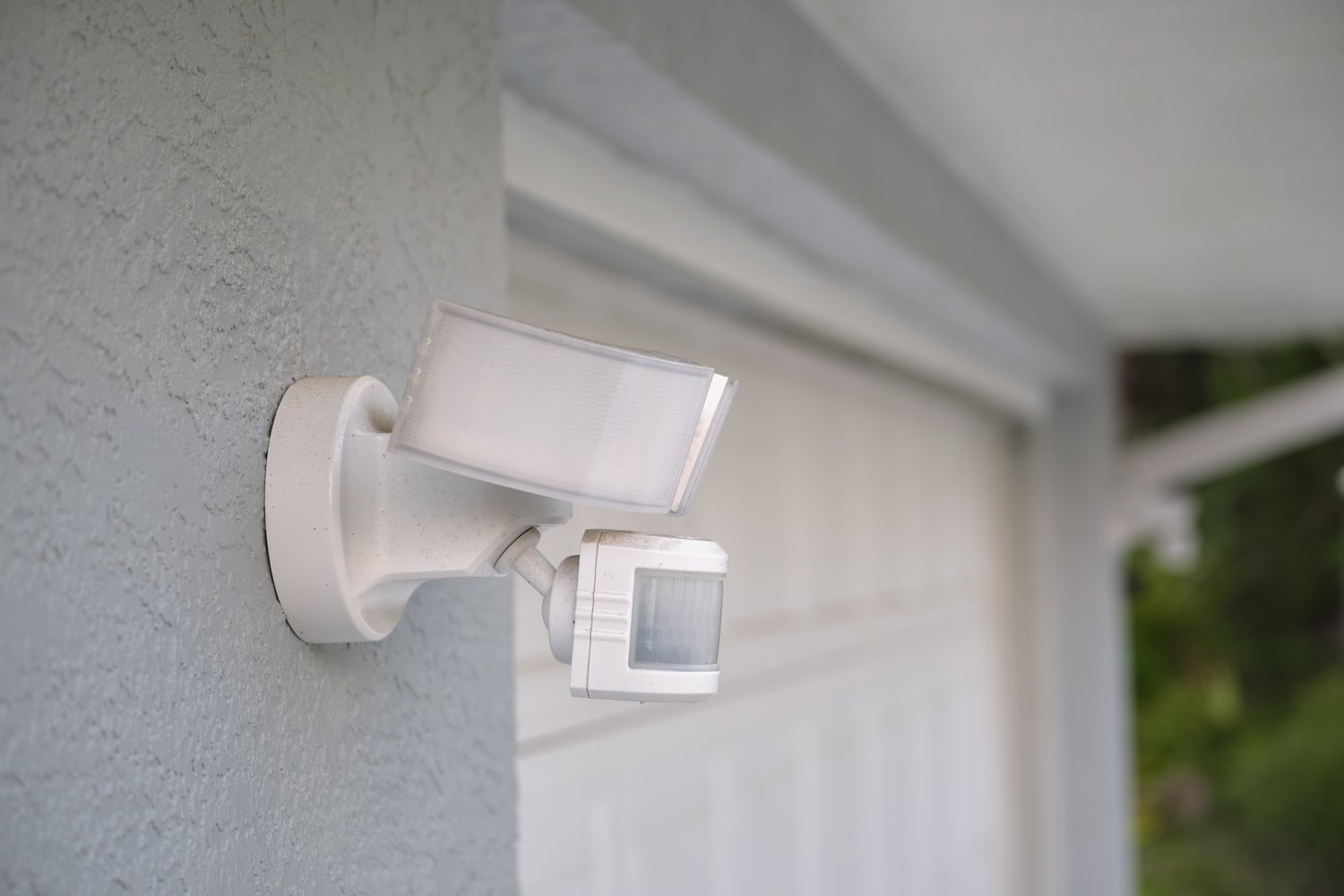Imagine enhancing your home security with ease, without the hassle of complex wiring or hefty electrical installations. Motion-sensor lights offer an effective solution to boost both safety and convenience around your property. Whether you’re a seasoned electrician or a homeowner embarking on a DIY project, installing motion-sensor lights can be a straightforward task that redefines night-time security.
- Learn how to choose the perfect motion-sensor light tailored to your home’s security needs and environment.
- Discover the essential tools and materials that ensure a smooth installation process, making preparation simple and efficient.
- Follow a comprehensive step-by-step guide that simplifies the installation, promoting an effortless and safe setup.
By delving into this guide, you’re not only equipped with the knowledge to install motion-sensor lights effortlessly but also enhancing the security and comfort of your home environment. Embrace this opportunity to transform your property with confidence.
Choosing the Right Motion-Sensor Lights: Boost Home Security with Ease
When it comes to enhancing home security, selecting motion-sensor lights is a strategic step. These lighting solutions not only deter intruders but also provide convenience and energy efficiency. With various types of motion-sensor lights available in the market, it’s essential to choose the ones that align with your specific security needs and environmental conditions.
Consider integrated motion-sensor floodlights if your primary goal is to cover a large outdoor area such as a backyard or driveway. These lights offer high illumination levels and are perfect for deterring potential intruders. If you need a more discreet option for pathways or smaller garden areas, opt for solar-powered motion-sensor lights. They are sustainable and require minimal installation efforts, as they don’t rely on complex wiring.
Another option to explore is the smart motion-sensor lighting that integrates with home automation systems. They allow you to control and monitor lights remotely via smartphone apps, enabling you to adjust settings and timing according to your lifestyle and security requirements. Consider environmental factors such as weather conditions and choose motion-sensor lights with a rating suitable for outdoor use, ensuring they withstand rain, wind, and dust.
Evaluate the range and detection angle of the sensors. For effective security, select a light with a wide-angle sensor to cover as much area as possible. This ensures comprehensive coverage, reducing blind spots around your property.
Tools and Materials Needed for Installation
Successful installation of motion-sensor lights requires some preparation. Gathering the right tools and materials beforehand enhances the installation process and ensures that you can proceed without unnecessary interruptions.
The basic tools you will need include a cordless drill for making holes, a screwdriver set for assembling and securing the lights, and wire strippers for handling any necessary wiring connections. Additionally, a ladder is essential for safely reaching higher areas, and a pencil or marker will help in marking installation points.
As for materials, make sure to have appropriate screws and rawl plugs to securely mount the lights. If you’re using electrical models, acquire weather-resistant cable, junction boxes, and connectors to maintain safety and durability. For battery or solar-powered lights, having extra batteries or securing the solar panel correctly is crucial.
Consider acquiring a voltage tester to ensure that the power source is adequately functioning and a tape measure to verify precise placement of the lights, especially when covering broader areas.
Preparation is key to a smooth installation. With these tools and materials at hand, you’re ready to improve your home’s security with motion-sensor lights effectively, without any complex wiring challenges.
This content is tailored to engage readers with information on selecting motion-sensor lights and preparing for their installation, optimized for home security-related keyword phrases.
Step-by-Step Guide: How to Install Motion-Sensor Lights Safely and Effectively
Installing motion-sensor lights is a smart way to boost home security and enhance nighttime visibility without complex electrical work. This guide will walk you through each step, ensuring your installation process is both efficient and safe.
1. Selecting the Optimal Location: Begin by identifying key areas around your home where motion-sensor lights would be most effective. Common locations include driveways, pathways, and front or back entrances. Ensure these spots have clear lines of sight for the sensors to detect movement successfully. Consider environmental factors such as exposure to rain or direct sunlight, which might affect the longevity and performance of your lights.
2. Prepare for Installation: Before you start, switch off the main power supply to ensure a safe working environment. Gather all necessary tools and materials, such as a drill, screwdriver, and wire connectors, as identified in your preparation phase. Verify that you have a voltage tester to double-check that the electricity is off, as safety is paramount in any electrical project.
3. Mounting the Fixture: Once the location is selected and the power is off, begin by mounting the motion-sensor light fixture. Use the provided mounting bracket to secure the fixture against the wall. Ensure that all screws are tight and the fixture is stable and aligned correctly. This step is crucial to prevent movement that can disrupt the sensor’s function.
4. Wiring the Motion-Sensor Light: Carefully connect the wires from the light fixture to the wires in your home’s electrical system. Typically, this will involve joining the black wire to the live wire, the white wire to the neutral wire, and the green or bare wire to the ground wire. Use wire connectors to secure these connections. Follow any additional instructions specific to your fixture model to guarantee proper wiring. A secure connection will prevent future issues with flickering or sensor malfunctions.
5. Testing and Adjustments: After wiring, restore power to the circuit and test the motion-sensor light. Ensure it illuminates when triggered by movement. It’s essential to adjust the sensitivity settings according to your preferences and environmental conditions to avoid constant lighting from minor disturbances like falling leaves or pets.
Completing these steps will ensure that your motion-sensor lights are installed correctly, providing both safety and energy efficiency. Not only do they deter potential intruders, but they also offer peace of mind, knowing your home is well-lit and secure when you need it most.
Frequently Asked Questions about Installing Motion-Sensor Lights
What are the benefits of using motion-sensor lights?
Benefits: Increased home security, energy efficiency, and convenience by illuminating areas only when needed.
Can I install motion-sensor lights without professional help?
Yes, most motion-sensor lights are designed for easy DIY installation with basic tools.
Do motion-sensor lights work in all weather conditions?
Yes, many models are weather-resistant and suitable for outdoor use.
What tools do I need to install motion-sensor lights?
- Screwdriver
- Drill
- Voltage tester
- Wire connectors
- Mounting hardware
How do I maintain motion-sensor lights?
Regularly: Clean lenses, check sensor functionality, and replace bulbs or batteries as needed.





